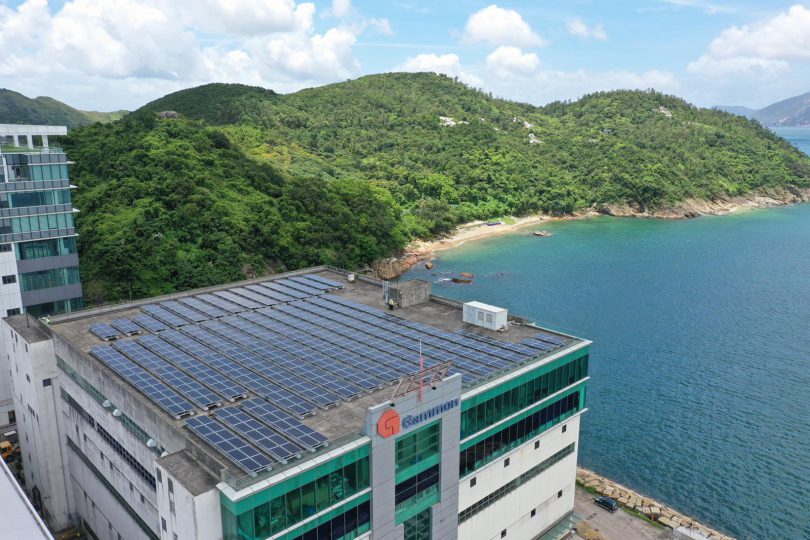Hong Kong, 29 October 2021 — In line with the recent release of the Hong Kong SAR Government’s Climate Action Plan 2050 and in the lead up to COP26 in Glasgow, Gammon Construction Limited is working on its approach and commitments for zero carbon by 2050.
The consultant has been making good progress on reducing both carbon intensity and absolute carbon emissions in recent years. As the Hong Kong Construction Association set a carbon intensity target of 25 per cent reduction by 2020 based on a 2010 baseline; Gammon achieved more than 50 per cent reduction over the same period. Moreover, between 2016 and 2020, Gammon achieved 26 per cent reduction in absolute Scope 1 and 2 emissions. These have been accomplished through several initiatives such as:
- Early electrification with the help of battery energy storage systems such as the Enertainer to avoid the use of diesel generators
- Founding the ‘Power Up Coalition’, an initiative under the Business Environment Council’s Low Carbon Charter to ensure there is sufficient electricity on site before construction starts and to work longer term towards zero emission construction sites
- The adoption of many energy-saving initiatives on projects such as insulated site offices, LED and solar LED lights, automatic and smart controls for lighting, socket power and air conditioners, Grade 1 or 2 energy-efficient equipment and others
- The promotion and adoption of offsite construction methods, BIM, digital twins and collaborative working to improve construction efficiency, reduce abortive work, and minimise wasted energy.
Gammon is the first company in Hong Kong to have greenhouse gases verified under ISO14064-1:2018 and being the advisors for the development of the Construction Industry Council’s Carbon Assessment Tool.
Gammon has also developed lower carbon high-performance concrete mixes with more than 380 achieving CIC Green Product Certifications and over 90 per cent of those at Gold and Platinum gradings. Solar PV systems also have been invested in on Gammon Technology Park facility.
However, with major new civil contracts underway, the resulting (largely diesel) emissions are again reinforcing the need to transition away from fossil fuels as much as possible. Gammon is exploring alternatives in the plant and equipment, as well as planning the electric vehicle transitions and opportunities for more solar PV installations. — Construction+ Hong Kong

 Malaysia
Malaysia Singapore
Singapore Indonesia
Indonesia Tiếng Việt
Tiếng Việt ประเทศไทย
ประเทศไทย










